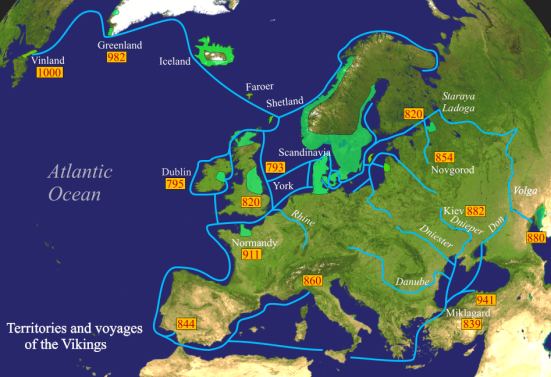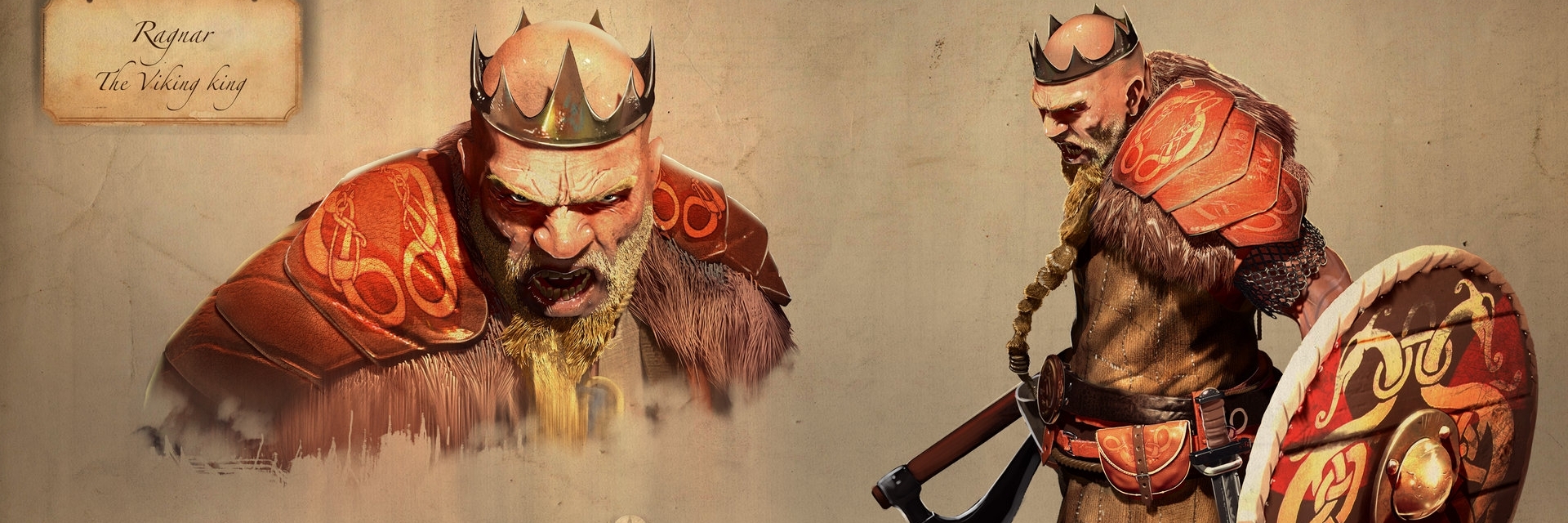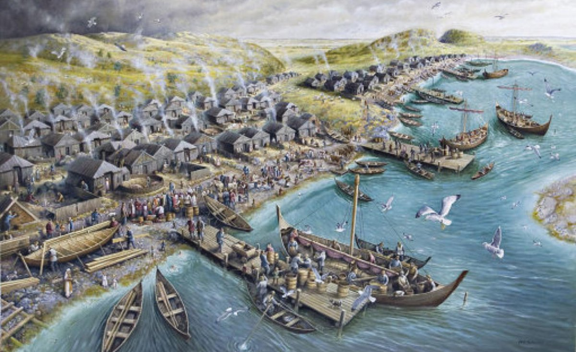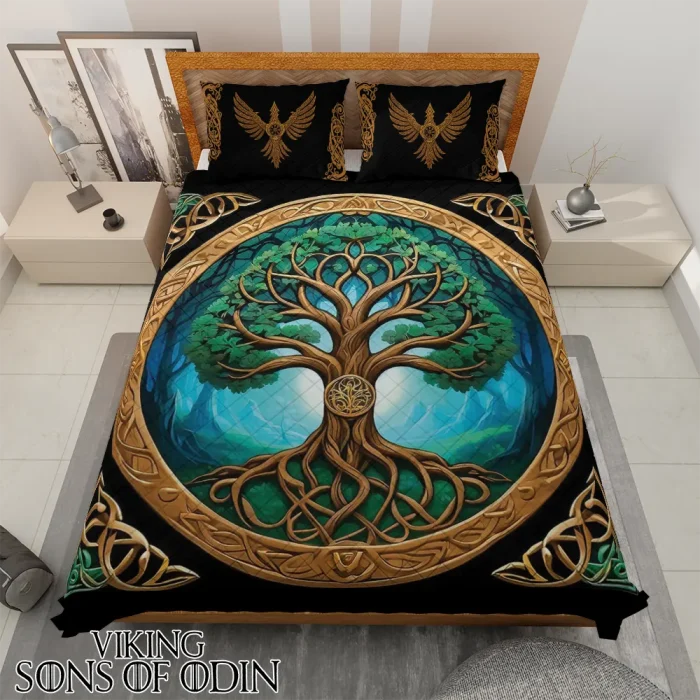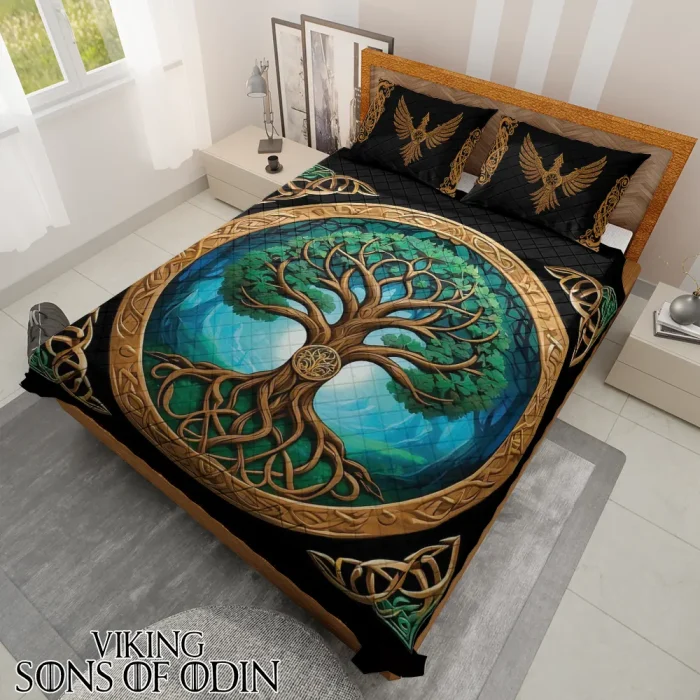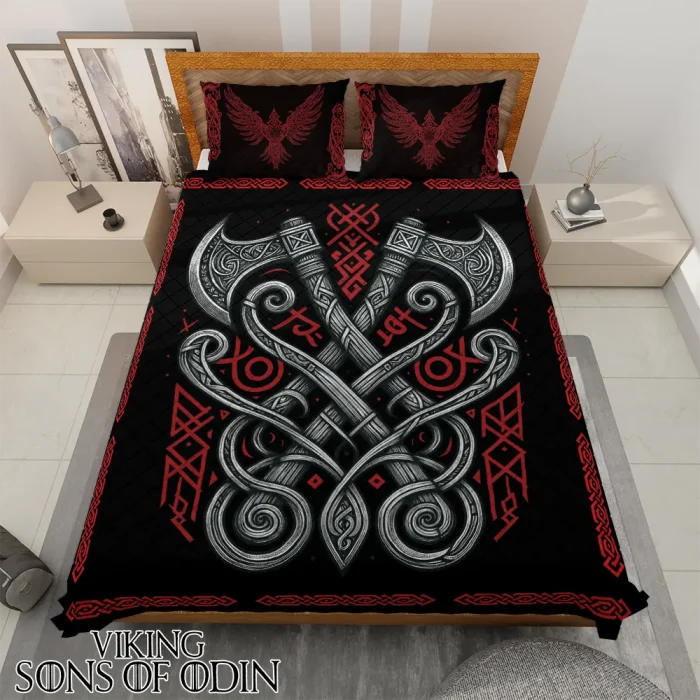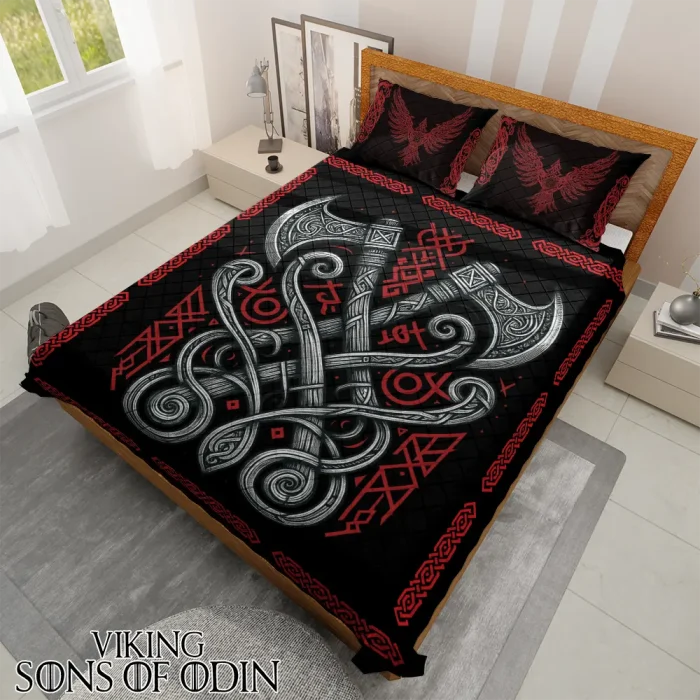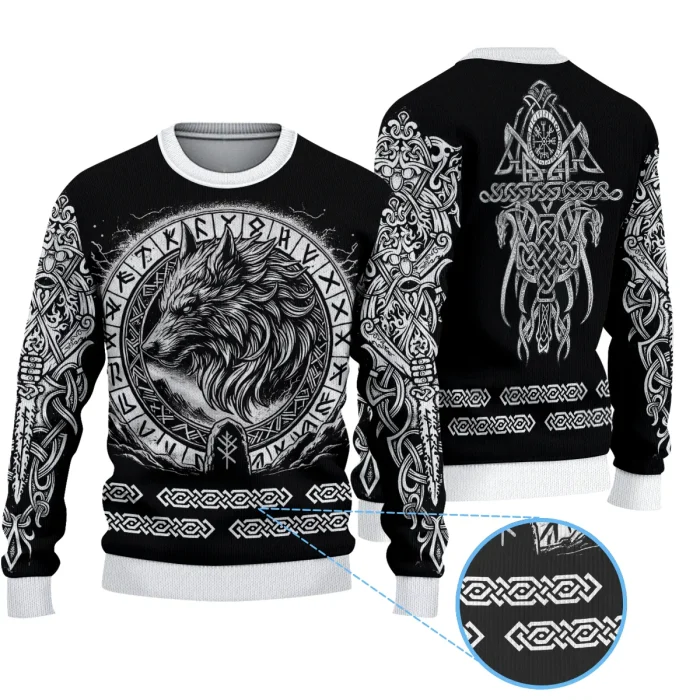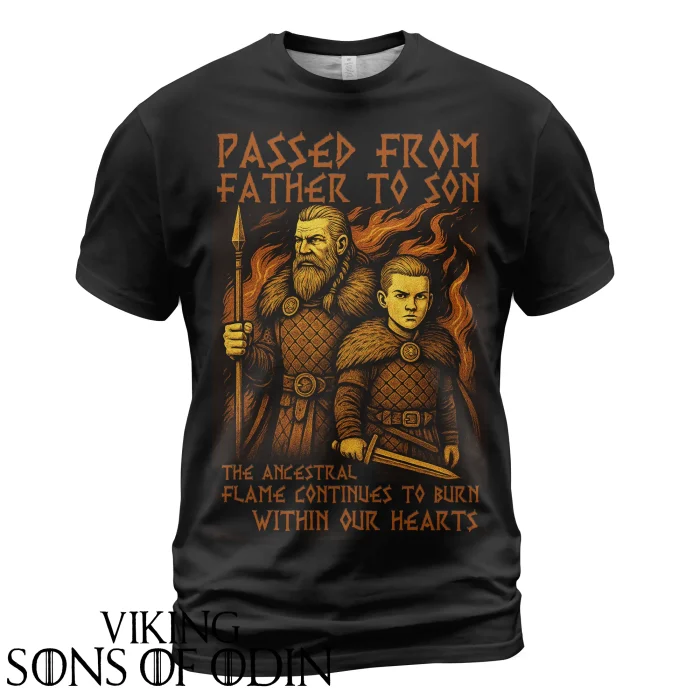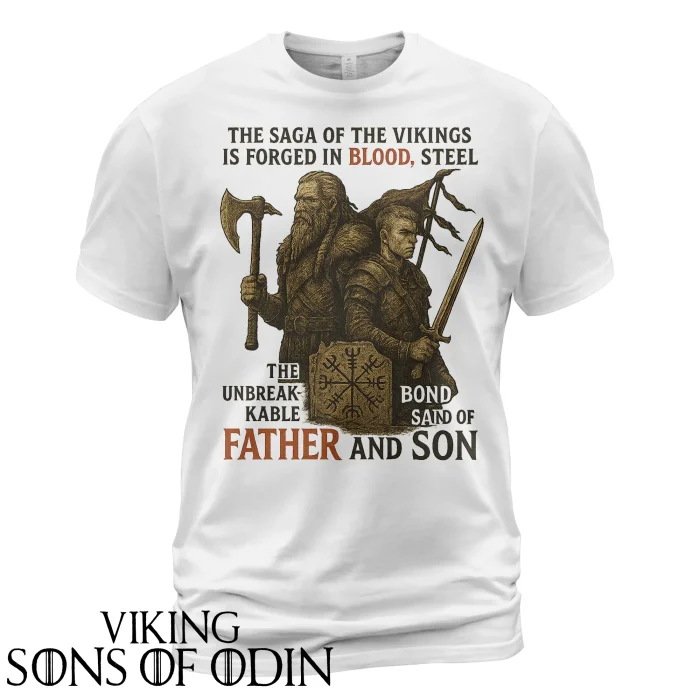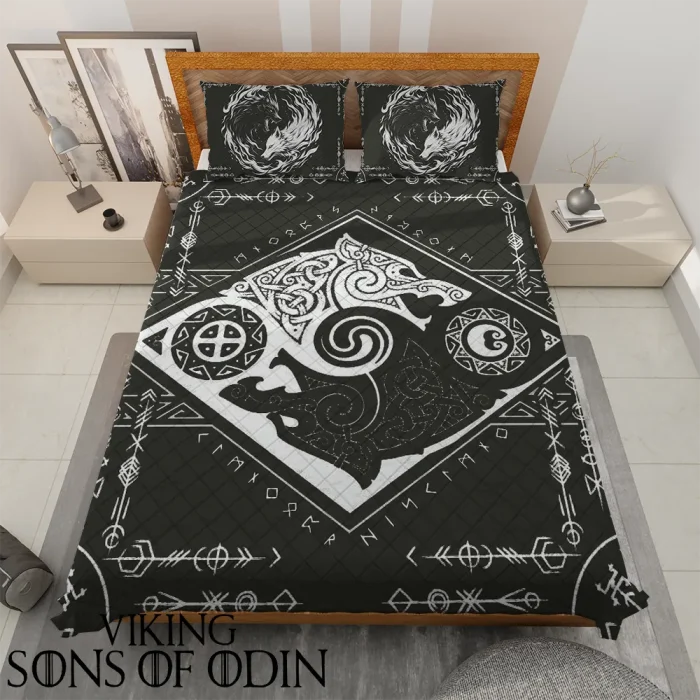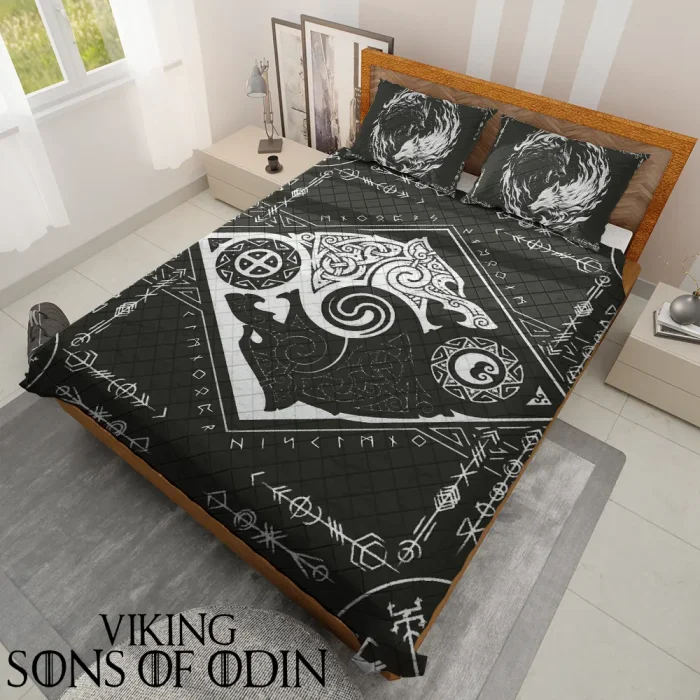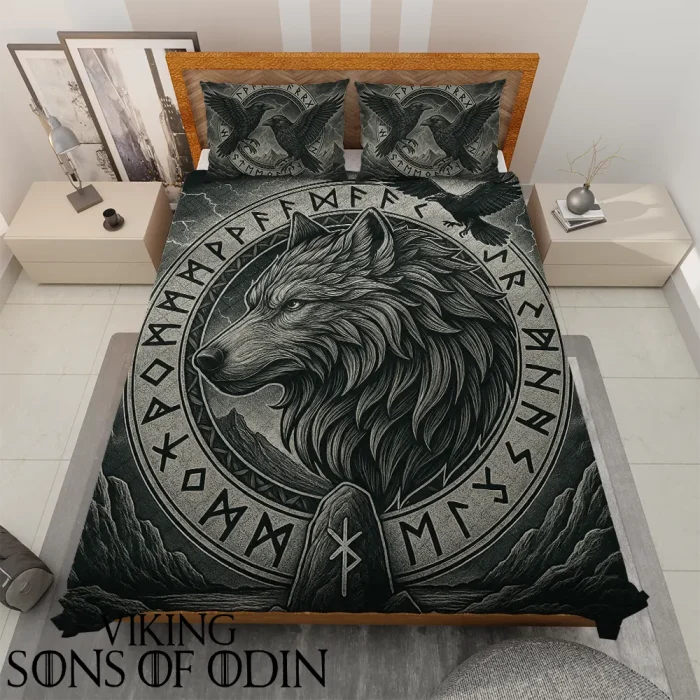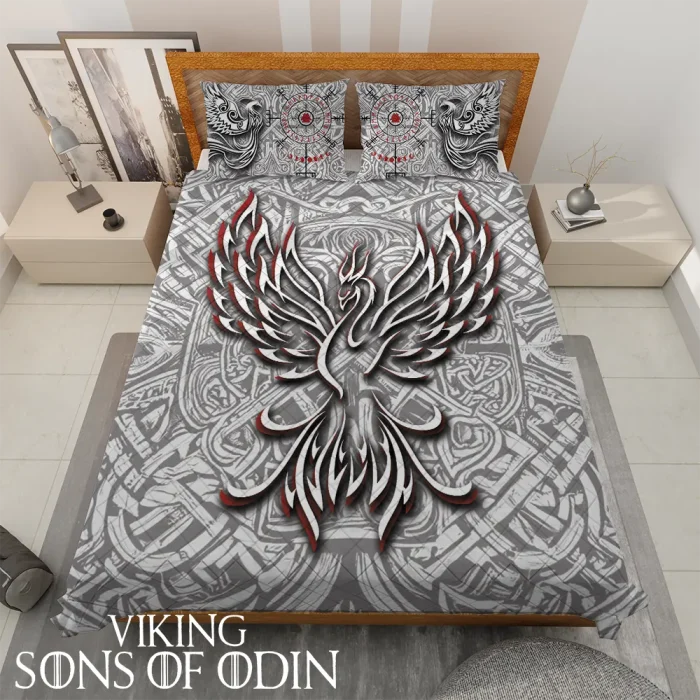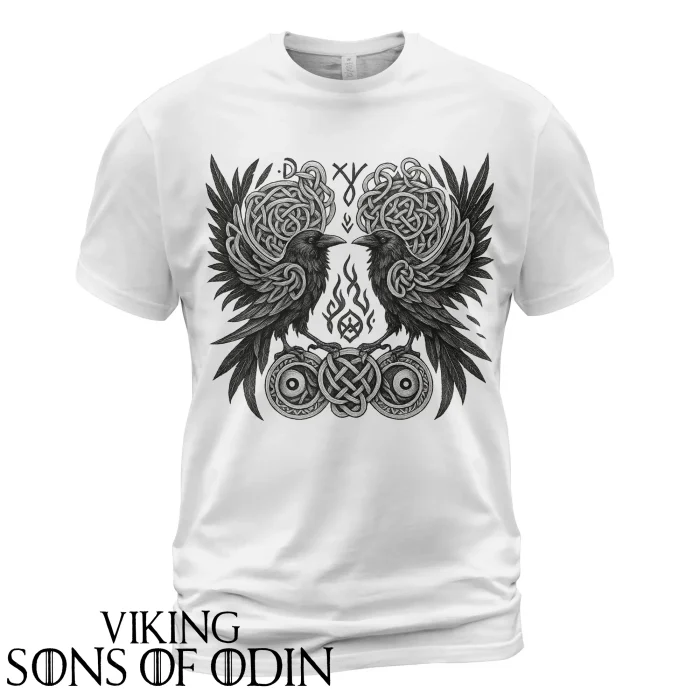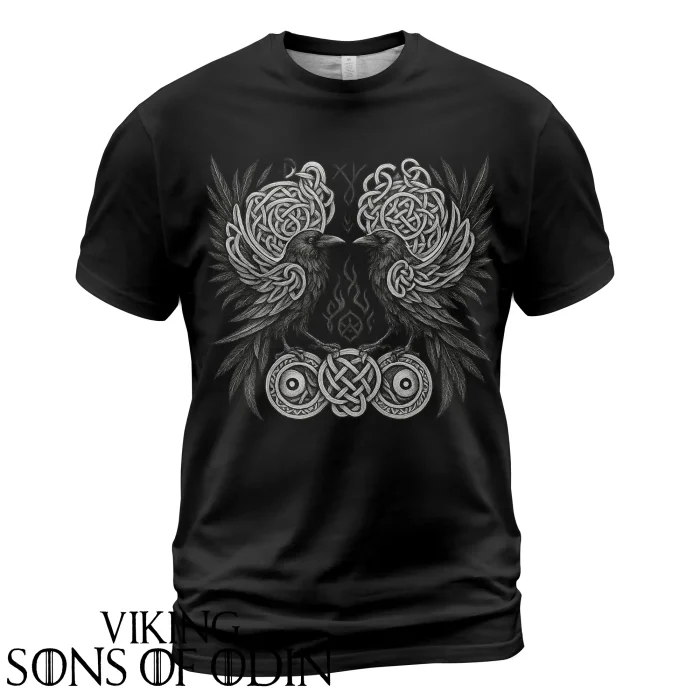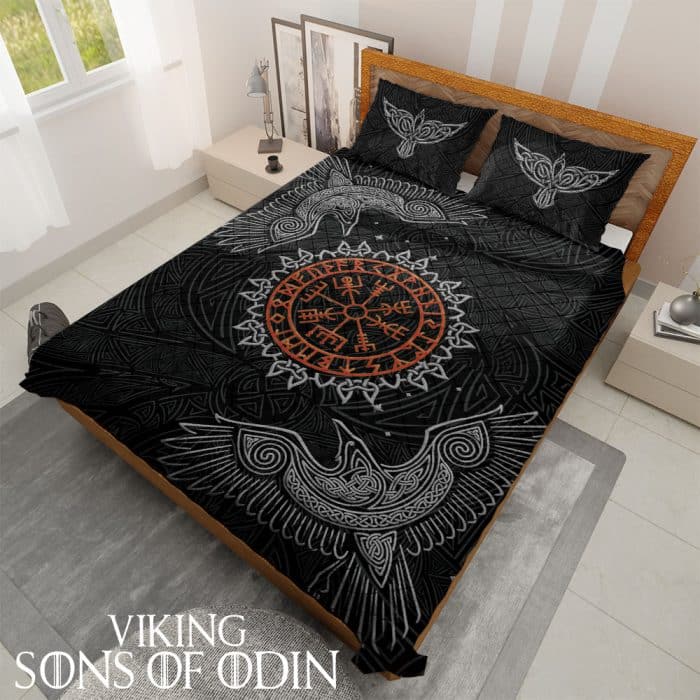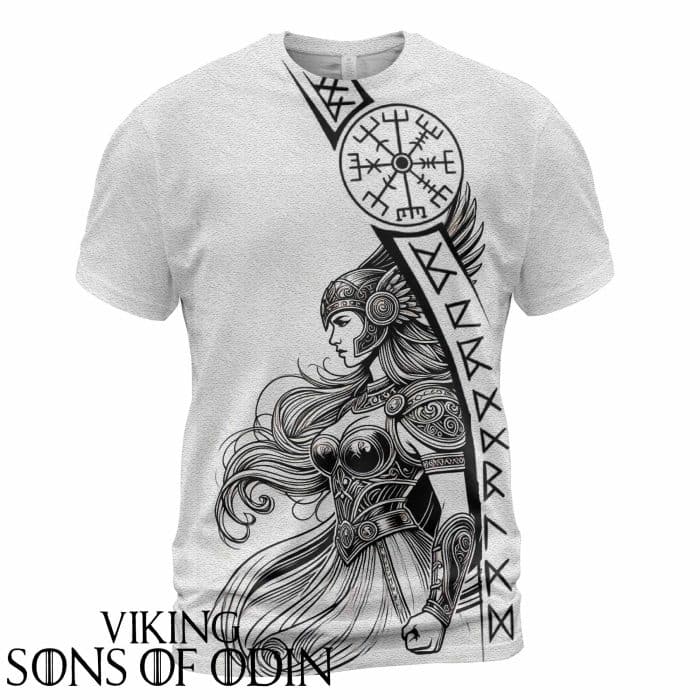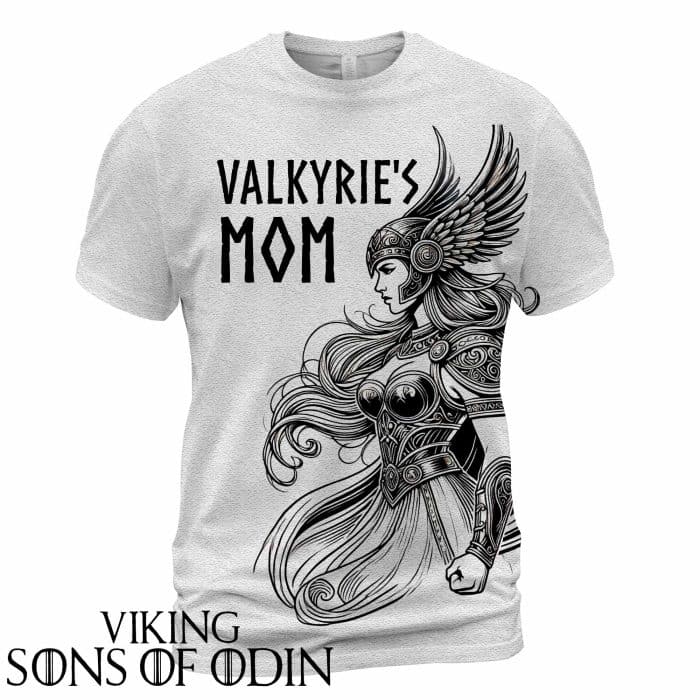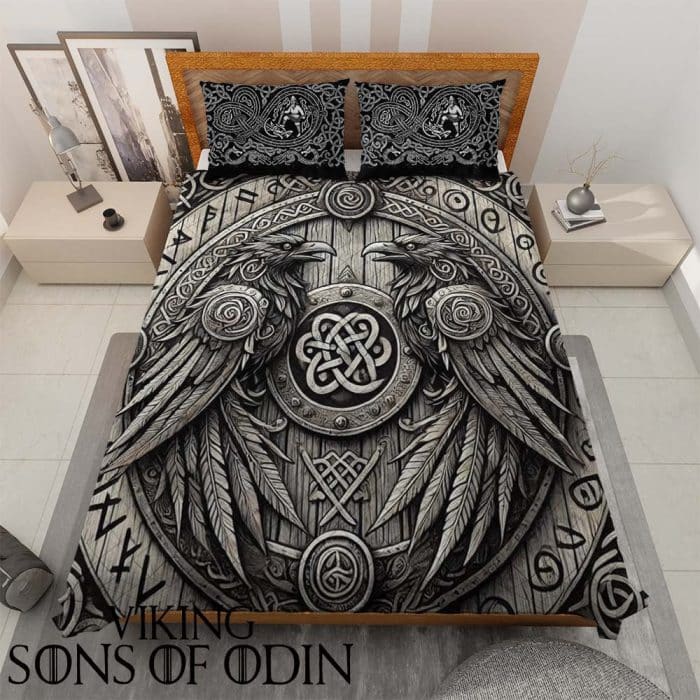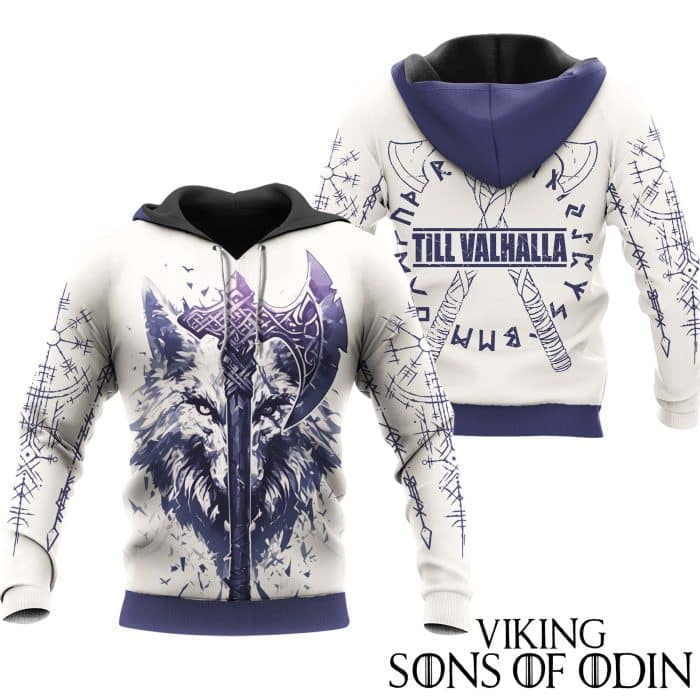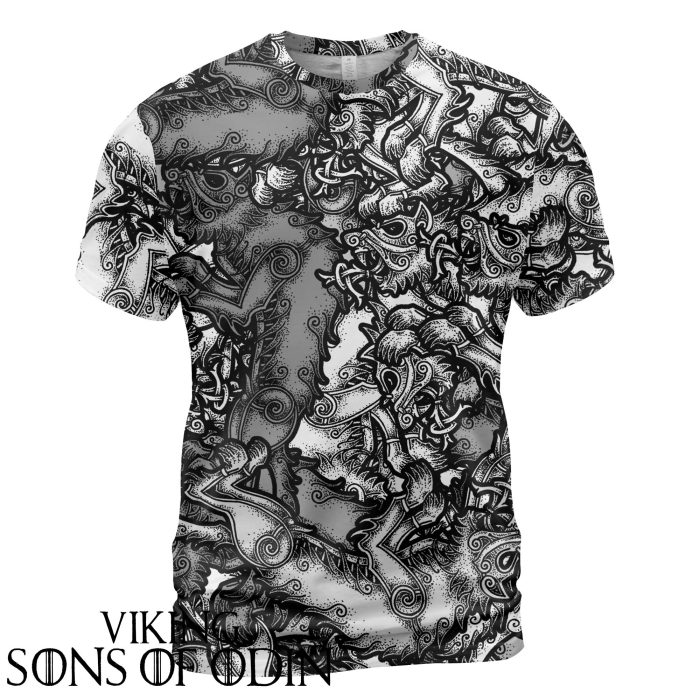Nordic Discovery, Viking
The Viking Age – Historical Studies Part 1
Today, the Vikings are more famous than ever. With TV shows like “Vikings” or “The Last Kingdom: The Ancient Norsemen” has given the next generation many new perspectives. There is, of course, a lot of material embedded in the programmes, where archeology and history work together. But who are these Vikings? Are they adventurers, farmers, merchants, or savages? Well, they are all of the above because the Vikings are a very organized people, rich in cultural traditions, made up of faith, tradition, warrior contingent and economic ambition. But remember that it is a diverse group of people living in a complex world.
WHEN DOES THE VIKING AGE START?
Beginning of the Viking Age, widely believed to have begun around 800 AD. Judith Jesch, professor of Viking studies at the University of Nottingham, explains: “Viking were explorers, sometimes by land, sometimes by sea, and sometimes with other groups. Viking does not imply any ethnicity and it is a neutral term that can be used for one group or another. The activities of the vikings are not much different, maybe a raid to make a war, but not necessarily based on that.”
But the most accepted view is this: the Viking age began when the Norse invaded other regions, which, according to many scholars, was in 793 AD, when they conquered Lindisfarne Monastery in the UK. But there is another opinion that, if only considering the Vikings as explorers of the new land, the Viking era began in 725, when the Norwegians, carrying on a peaceful mission, went downstream to the Ribe, Denmark.
And that era also officially ended in 1066, when the King of Norway, Harald Hardrada, died in battle on the battlefields of Stamford Bridge – the last Viking invasion of central Europe.
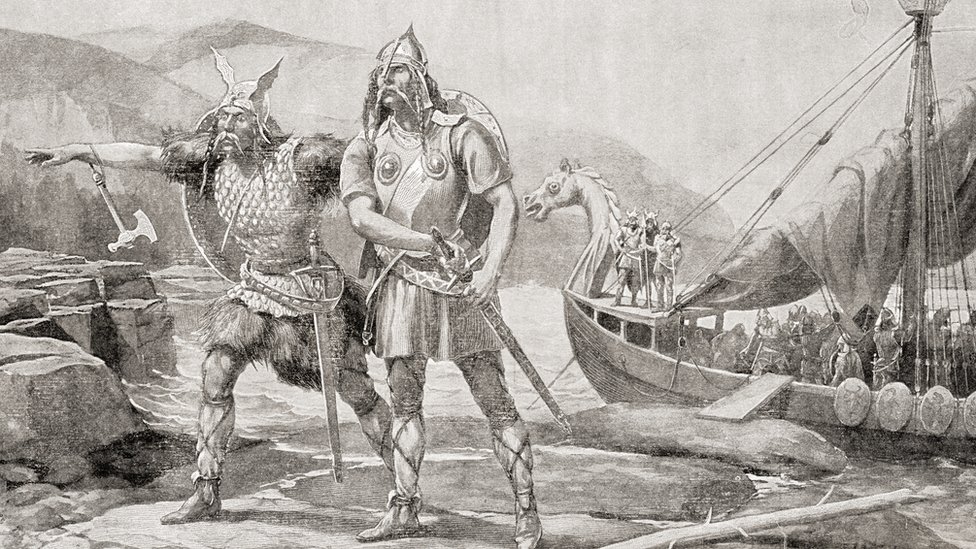
FAMOUS KINGS
Viking names are often associated with a nickname, such as Sigurd the Philosopher or Thor the Skull Splitter. Sometimes personality or personal characteristics are included in the name, like Lover, Good, Short, Wise or Long. Many Vikings are also famous in myths or on TV shows – although in reality their lives are less romantic and somewhat more brutal.
Harald “Blatand (Bluetooth)” Gormsson (Harald Blue Teeth) was King of Denmark and Norway in the 10th century. He was instrumental in the unification of Denmark. Although most of his followers were pagans, Harald tried to spread Christianity into his kingdom. According to many scholars, he was nicknamed “Blue Tooth” because he had a deep blue or dark tooth. Today, this nickname is given to a standard wireless connection technology. The creators argue that Harald Bluetooth’s skill to bring people together to negotiate peacefully is appropriate for a modern telecommunications technology.
Ragnar Lothbrok (Lodbrok) is the name of a Viking warrior most familiar to everyone today. He is said to have swept across England and France and founded The Great Heathen Army (also known as the Great Danish Army or The Great Viking Army). However, like the legendary King Arthur, Ragnar’s image is reinterpreted by merging a number of historical figures with a hint of mythical personality. He was a war leader, King of Denmark and Sweden, and the first Scandinavian to invade Great Britain. There have been many legends about him, especially “The Legend of Ragnar Lothbrok and the Gesta Danorum” (Gesta Danorum is the work of the 12th-century Danish historian Saxo Grammaticus). The “Anglo-Saxon Chronicle” also describes Ragnar as the most powerful and prominent Viking conqueror since 840 AD. The name Ragnar and the nickname Lothbrok both have many variations. “Lothbrok” can be understood as “fur pants” or “shaggy pants” because he often made such pants to wear when fighting dragons or giant snakes and prevent them from biting him.
Legend has it that Bjorn Ironside ruled Sweden as the first king of the House of Munsö, Sweden’s earliest royal dynasty. He lived during the 9th century and was the son of Ragnar Lothbrok. “The Legend of Ragnar Lothbrok and the Sons” recounts that Bjorn and his brothers inherited the will of their father and continued to terrorize the lands of England, France, Normandy, Lombardy. He and his brothers were the leaders of the Great Heathen, an alliance of Viking warriors from Denmark and Scandinavia that regularly waged military campaigns against the Anglo-Saxon kingdoms. during the second half of the 9th century.
ECONOMY AND TRANSPORTATION
It is thought that the history of the Vikings is associated with debates about whether they were warriors or merchants. But this division has been ended, largely in scholarly debates. Much evidence of Viking trade comes from the late 70s and 80s.
We can assume that Scandinavian sea voyages aimed not only at conquering the lands of Iceland and Greenland by war, but also by economic trade. Hoarding, curation, boasting, and distribution of wealth were central to the Viking economy and society. The leaders are dressed in well-prepared costumes, with eye-catching jewelry and well-groomed bodies.
Norse ornaments had another purpose, often used in monetary transactions, so the Vikings preferred to use rare metals for crafting. Deer horns are also important because they are used to make combs, needles, and other items.
If there is an item that is too bulky for the subject of the transaction, the item will be broken down into smaller pieces that are appropriate for that transaction. The way the Vikings used their jewelry is similar to how we use modern purses.

